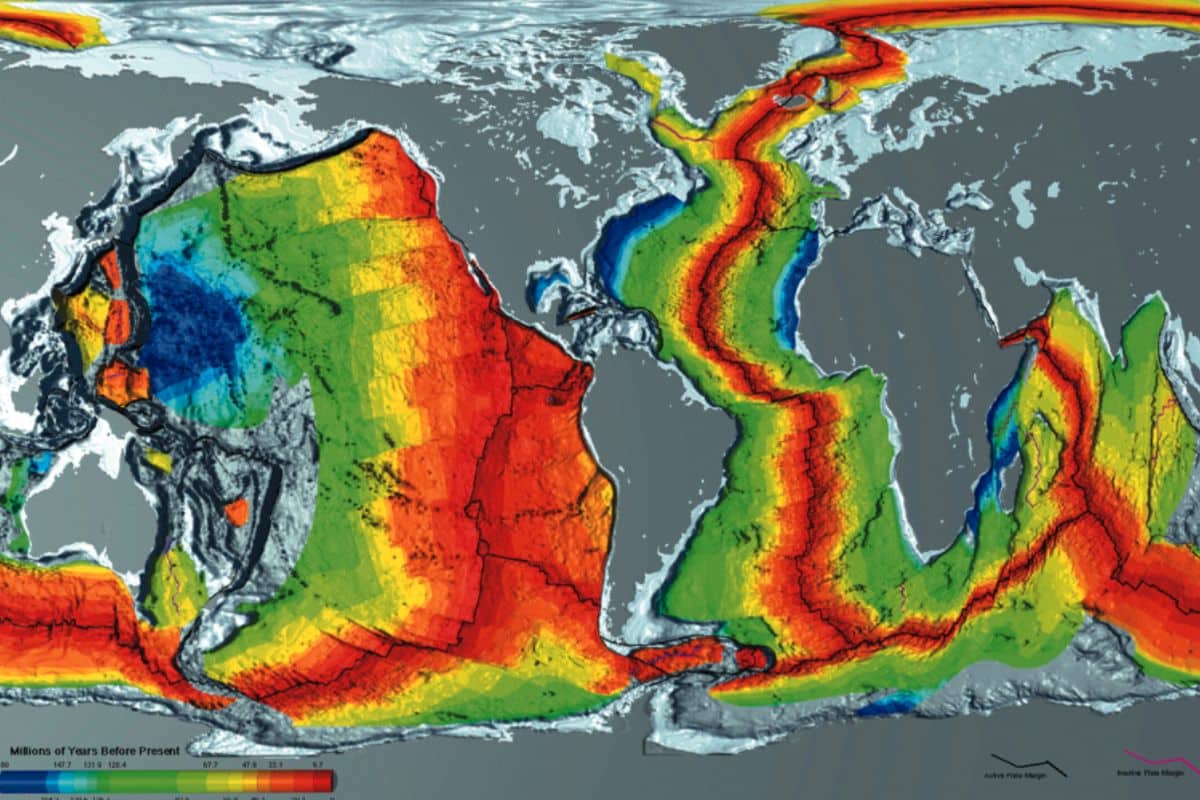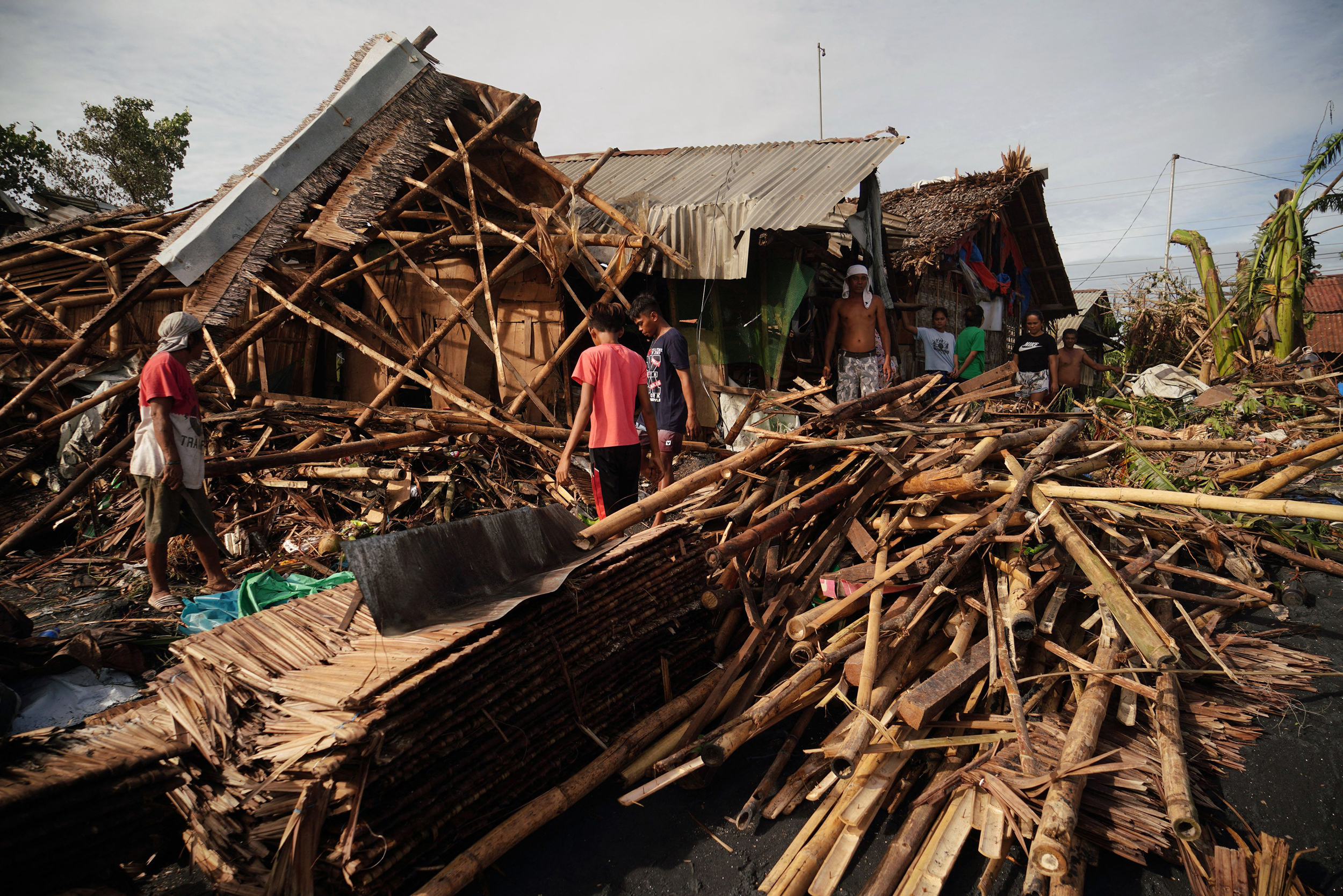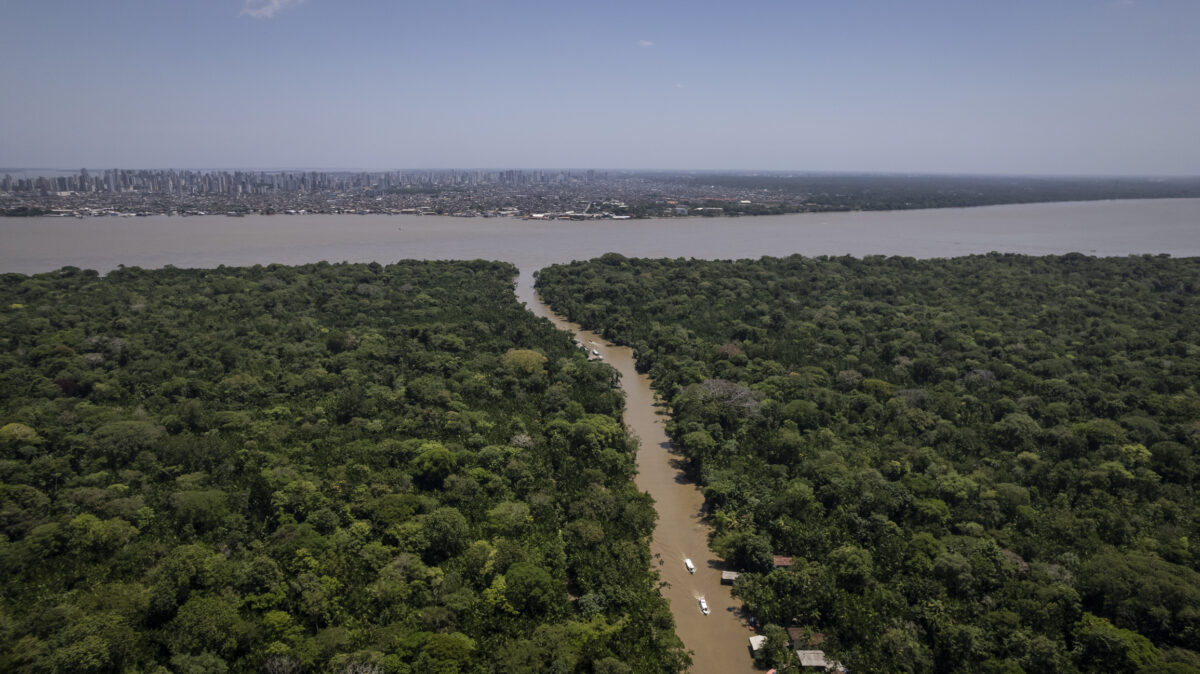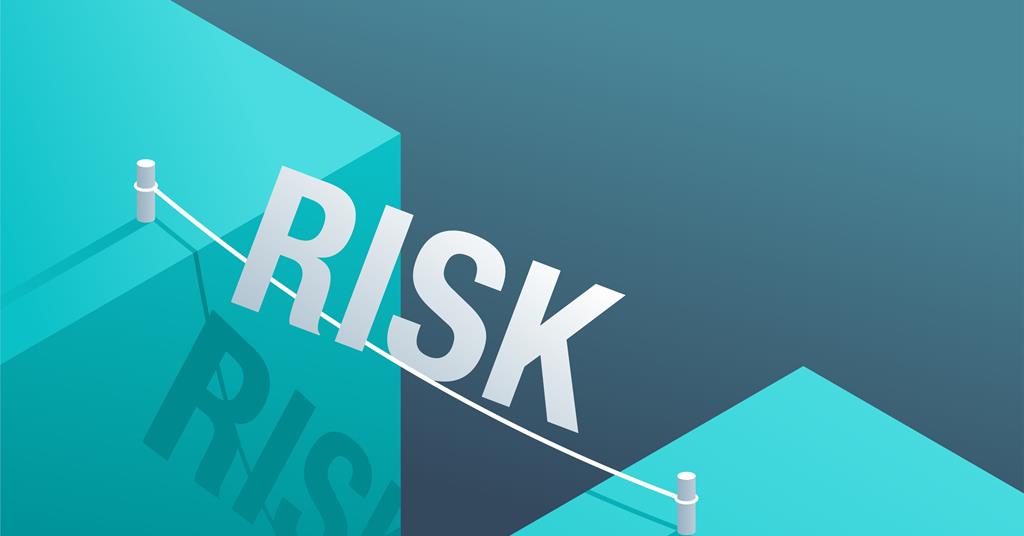Kauaʻi has a plan for the changing climate. Here are 5 things to know – Hawaii Public Radio

Report on the Kauaʻi Climate Adaptation Plan and Alignment with Sustainable Development Goals
Introduction: A Strategic Framework for Climate Resilience
In response to escalating climate-related threats, exemplified by the record-breaking rainfall and subsequent flooding in April 2018, the Kauaʻi County Planning Department is finalizing its comprehensive Kauaʻi Climate Adaptation Plan. This strategic document provides a formal roadmap for the county to enhance its resilience, directly addressing the United Nations Sustainable Development Goals (SDGs), particularly SDG 13 (Climate Action) and SDG 11 (Sustainable Cities and Communities). The plan outlines a structured approach to both adapt to unavoidable climate impacts and mitigate the county’s own environmental footprint.
Assessed Climate Hazards and Impacts on Sustainable Development
Extreme Weather Events and Infrastructure Vulnerability
The 2018 thunderstorm, which delivered over 50 inches of rain in a 24-hour period, exposed significant vulnerabilities in Kauaʻi’s infrastructure and community safety. The event resulted in:
- Widespread flooding and damage to hundreds of homes.
- Major landslides that severed access to coastal communities.
- Approximately $180 million in economic damages.
These impacts underscore the urgent need for climate-resilient infrastructure and disaster risk reduction measures, which are central tenets of SDG 11 (Sustainable Cities and Communities) and SDG 13 (Climate Action).
Wildfire Risk and Terrestrial Ecosystems
The county faces an increased risk of wildfires driven by rising temperatures and prolonged drought conditions. A recent blaze in Kaumakani threatened homes and highlighted the growing danger to communities and natural habitats. This threat directly relates to the objectives of SDG 15 (Life on Land), which calls for the protection and restoration of terrestrial ecosystems and halting biodiversity loss.
Impacts on Marine Ecosystems and Cultural Practices
Climate change is also manifesting through more gradual environmental shifts that affect marine biodiversity and local traditions. Rising sea temperatures are impacting nearshore waters, forcing cultural practitioners to venture further offshore to cultivate healthy limu (seaweed). This challenge highlights the plan’s relevance to SDG 14 (Life Below Water), which aims to conserve and sustainably use the oceans, seas, and marine resources.
Core Strategies of the Climate Adaptation Plan
The plan proposes 79 distinct strategies for implementation over the next decade. These are categorized into adaptation, mitigation, and community-focused initiatives that align with multiple SDGs.
Priority Adaptation Measures
Ten strategies have been identified as top priorities for their potential impact on building long-term resilience. A key, though sensitive, priority is the development of a managed retreat program to relocate residents from high-risk, eroding coastlines. This initiative, intended to be voluntary, is a direct effort to create safer human settlements as mandated by SDG 11 (Sustainable Cities and Communities).
Mitigation and Emission Reduction Strategies
Following community feedback, the plan incorporates strategies to reduce Kauaʻi’s greenhouse gas emissions. These actions support global climate efforts and align with several SDGs:
- Electrification of Transportation: Targeting the county’s largest source of emissions to advance SDG 7 (Affordable and Clean Energy) and SDG 13 (Climate Action).
- Investment in Renewable Energy: Furthering the transition to clean energy sources in line with SDG 7.
- Banning Food Waste from Landfills: A novel approach to reduce methane emissions and promote sustainable waste management, contributing to SDG 12 (Responsible Consumption and Production).
Community-Centric Initiatives
The plan emphasizes actions that provide co-benefits beyond climate resilience. The proposed creation of an urban forestry program received strong community support. Planting more trees in urban areas serves multiple purposes:
- Reduces urban heat island effects, a key adaptation strategy (SDG 13).
- Enhances public spaces and improves quality of life (SDG 11).
- Increases urban biodiversity (SDG 15).
The collaborative development process for this and other strategies exemplifies SDG 17 (Partnerships for the Goals).
Implementation Framework and Forward Outlook
Governance and Accountability
Upon finalization, the plan will be submitted for mayoral approval. To ensure its translation from policy to practice, Part II of the document contains specific action plans for each county department. This framework is designed to integrate climate considerations across all sectors of local government and establish clear accountability for implementation.
The Central Role of Partnerships
The successful execution of the Climate Adaptation Plan hinges on continued collaboration between the county government and community organizations. This partnership-based approach, fundamental to SDG 17, will be essential for leveraging local knowledge, mobilizing collective action, and ensuring that the plan’s strategies effectively address the multifaceted challenges of climate change in Kauaʻi.
SDGs Addressed or Connected to the Issues Highlighted in the Article
-
SDG 13: Climate Action
- The entire article focuses on the “Kauaʻi Climate Adaptation Plan,” a direct response to the impacts of global warming. It details the county’s efforts to build resilience against climate-related hazards like record-breaking rainfall, flooding, and wildfires, and to mitigate its own climate impact by reducing greenhouse gas emissions.
-
SDG 11: Sustainable Cities and Communities
- The article discusses making the community of Kauaʻi more resilient and sustainable. It mentions strategies to protect residents and homes from disasters (“managed retreat”), improve public spaces (“urban forestry program”), and manage municipal waste (“banning food waste from the Kekaha Landfill”), all of which are central to creating sustainable communities.
-
SDG 15: Life on Land
- The article highlights the increased risk of wildfires due to “rising temperatures and prolonged drought conditions.” A key strategy mentioned in the plan is the “creation of an urban forestry program to plant more trees,” which directly relates to increasing forest cover and restoring land in urban settings.
-
SDG 14: Life Below Water
- The article points out that “nearshore waters have become too warm for healthy limu growth,” demonstrating a direct climate change impact on a marine ecosystem and a related cultural practice. The plan’s overall goal of climate adaptation and mitigation indirectly addresses the root cause of this issue.
-
SDG 7: Affordable and Clean Energy
- As part of its strategy to reduce its own climate impact, the plan includes “investments in more renewable energy projects.” This action directly supports the transition to clean energy sources.
-
SDG 9: Industry, Innovation and Infrastructure
- The article notes that flooding and landslides “cut off access to Kauaʻi’s north coast,” highlighting the vulnerability of local infrastructure. The plan’s strategies, such as the “electrification of the transportation sector,” aim to create more sustainable and resilient infrastructure.
What specific targets under those SDGs can be identified based on the article’s content?
-
Target 13.1: Strengthen resilience and adaptive capacity to climate-related hazards and natural disasters.
- The Kauaʻi Climate Adaptation Plan is described as a “roadmap for how the county can prepare for such hazards” as intense storms and wildfires. Strategies like “managed retreat” from eroding coastlines and creating an “urban forestry program” to reduce urban heat are direct measures to increase adaptive capacity.
-
Target 13.2: Integrate climate change measures into policies, strategies and planning.
- The article is centered on the finalization and implementation of the “Kauaʻi Climate Adaptation Plan,” which formally integrates “79 strategies” for climate resilience into the county’s official planning process.
-
Target 11.5: Significantly reduce the number of people affected and the economic losses caused by disasters.
- The plan is a direct response to the 2018 storm that “damaged hundreds of homes” and resulted in “$180 million in damages.” The goal is to prevent or lessen the impact of future disasters on residents and the local economy.
-
Target 11.6: Reduce the adverse per capita environmental impact of cities, including by paying special attention to waste management.
- The plan includes a novel suggestion for “banning food waste from the Kekaha Landfill,” which is a specific action aimed at improving municipal waste management and reducing its environmental impact.
-
Target 7.2: Increase substantially the share of renewable energy in the global energy mix.
- The plan explicitly includes “investments in more renewable energy projects” as a strategy to reduce the county’s greenhouse gas emissions.
-
Target 15.2: Promote the implementation of sustainable management of all types of forests, and substantially increase afforestation.
- The article mentions strong community support for the “creation of an urban forestry program to plant more trees along some of the island’s sidewalks and pathways,” which is a form of local afforestation.
Are there any indicators mentioned or implied in the article that can be used to measure progress towards the identified targets?
-
Direct economic loss attributed to disasters.
- The article explicitly states that the 2018 storm resulted in “about $180 million in damages.” This figure serves as a baseline for measuring the success of the adaptation plan in reducing future economic losses.
-
Number of homes damaged by disasters.
- The article mentions that the 2018 flooding “damaged hundreds of homes.” Tracking this number in future events would indicate the effectiveness of resilience and adaptation measures.
-
Implementation of a local disaster risk reduction strategy.
- The existence and finalization of the “Kauaʻi Climate Adaptation Plan” itself is a key indicator. The article notes it contains “79 strategies” and that each county department has its own “division action plan” for implementation.
-
Proportion of energy from renewable sources.
- The plan’s inclusion of “investments in more renewable energy projects” implies that an increase in the share of renewable energy is a measurable goal.
-
Greenhouse gas emissions from the transportation sector.
- The article identifies the transportation sector as the “county’s largest source of climate pollution” and proposes “more electrification” as a solution. Progress can be measured by tracking emissions from this sector.
-
Health of coastal ecosystems.
- The observation that “nearshore waters have become too warm for healthy limu growth” serves as a qualitative indicator of ecosystem health. Future assessments of limu populations could measure the impact of climate action.
SDGs, Targets and Indicators
| SDGs | Targets | Indicators |
|---|---|---|
| SDG 13: Climate Action | 13.1: Strengthen resilience and adaptive capacity to climate-related hazards. 13.2: Integrate climate change measures into policies and planning. |
Existence and implementation of the Kauaʻi Climate Adaptation Plan; Number of strategies implemented (79 planned). |
| SDG 11: Sustainable Cities and Communities | 11.5: Reduce economic losses and the number of people affected by disasters. 11.6: Reduce the environmental impact of cities (waste management). 11.7: Provide access to green and public spaces. |
Direct economic loss from disasters ($180 million); Number of homes damaged (hundreds); Implementation of a food waste ban; Creation of an urban forestry program. |
| SDG 7: Affordable and Clean Energy | 7.2: Increase the share of renewable energy. | Level of investment in renewable energy projects. |
| SDG 9: Industry, Innovation and Infrastructure | 9.1: Develop quality, reliable, sustainable and resilient infrastructure. | Impact of disasters on infrastructure (e.g., roads being cut off); Progress on electrification of the transportation sector. |
| SDG 14: Life Below Water | 14.2: Protect marine and coastal ecosystems. | Health of nearshore ecosystems (e.g., ability for limu to grow). |
| SDG 15: Life on Land | 15.2: Promote sustainable forest management and increase afforestation. | Implementation of the urban forestry program to plant more trees. |
Source: hawaiipublicradio.org

What is Your Reaction?
 Like
0
Like
0
 Dislike
0
Dislike
0
 Love
0
Love
0
 Funny
0
Funny
0
 Angry
0
Angry
0
 Sad
0
Sad
0
 Wow
0
Wow
0

-1920w.png?#)

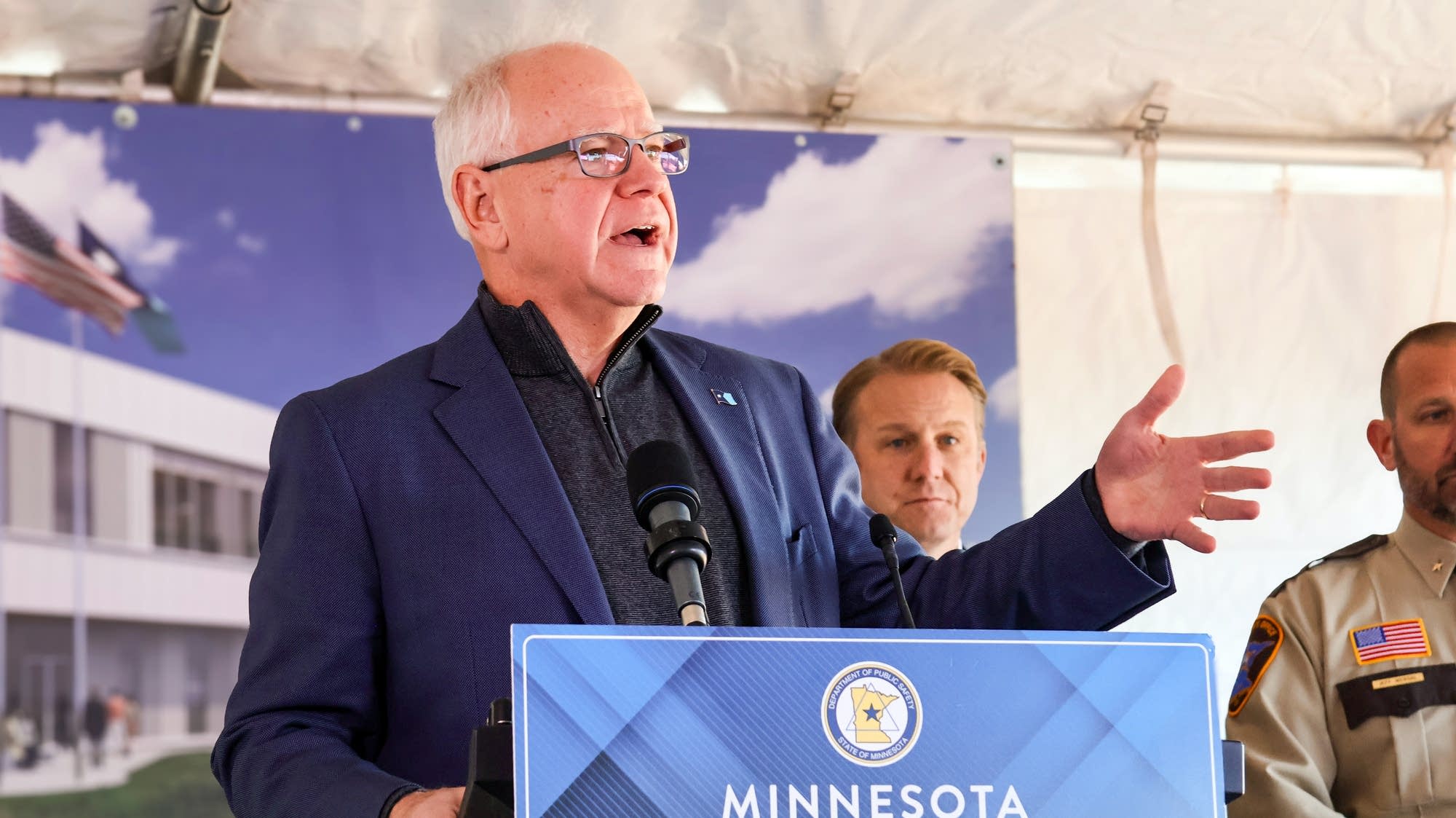



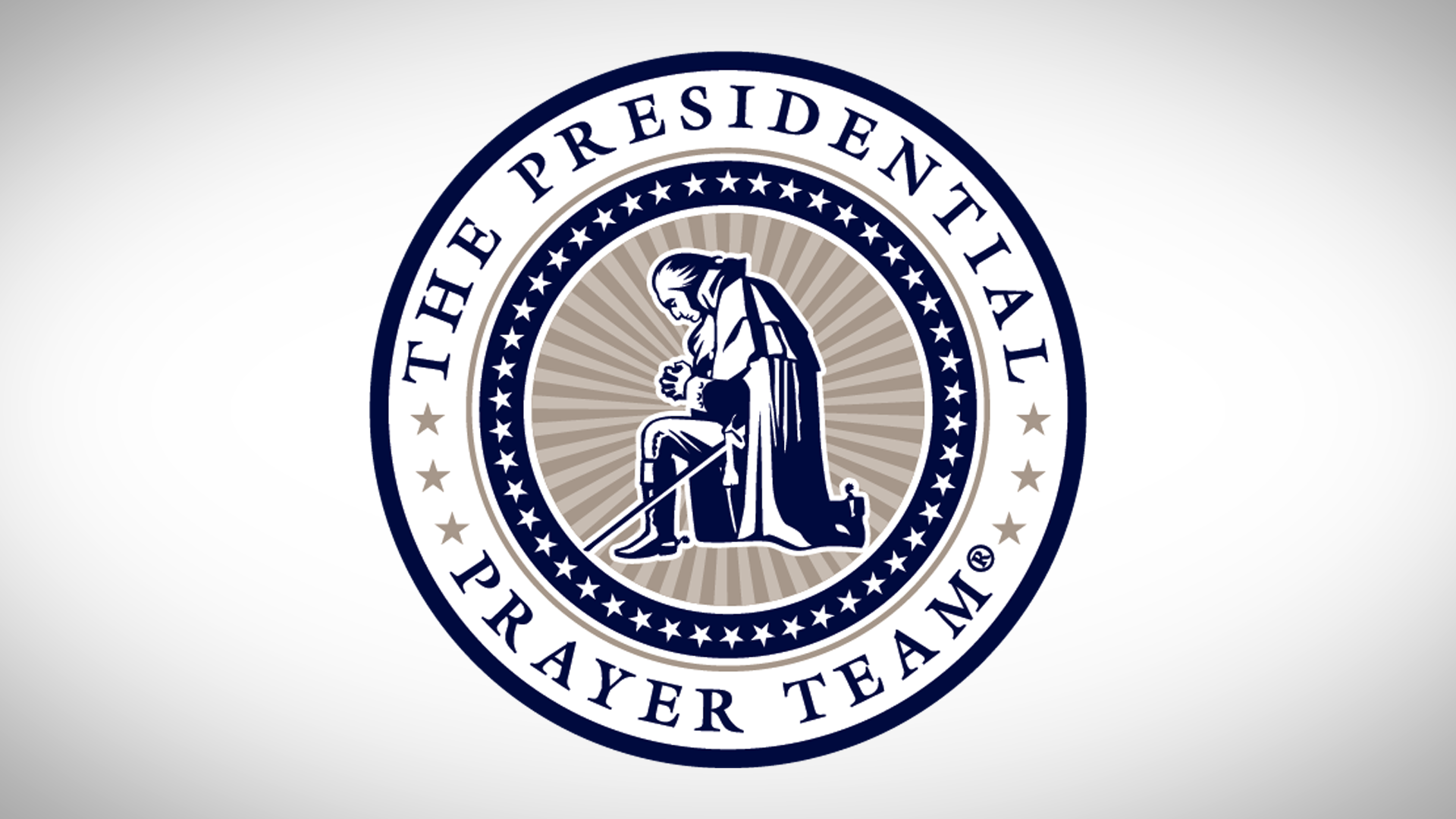


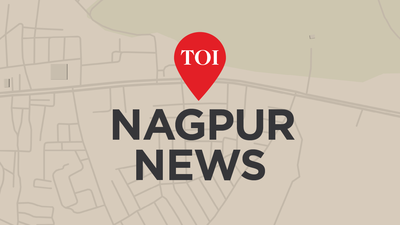




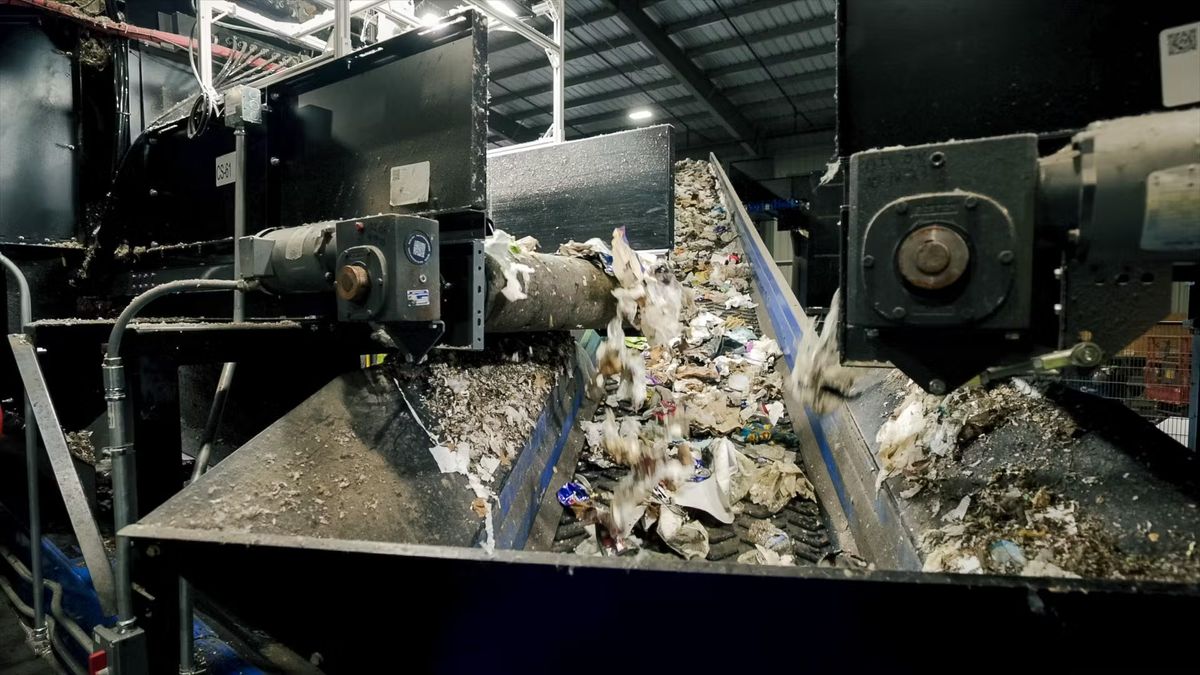
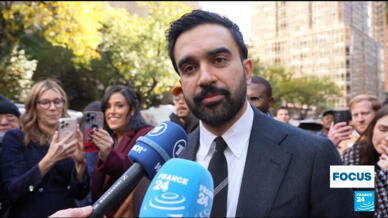








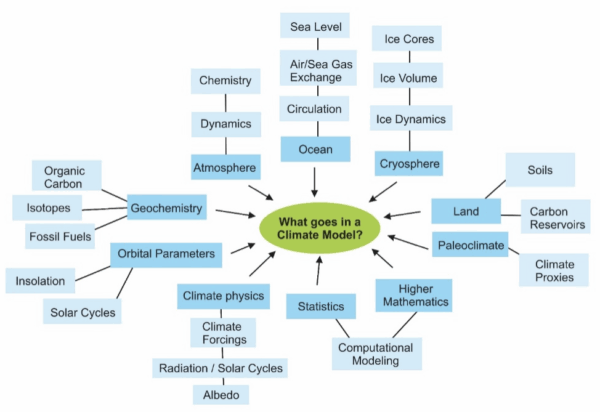


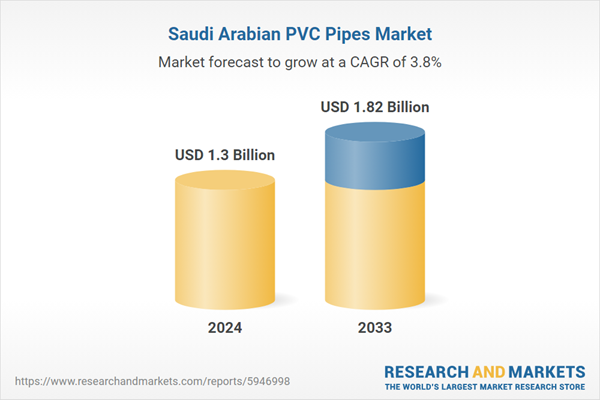





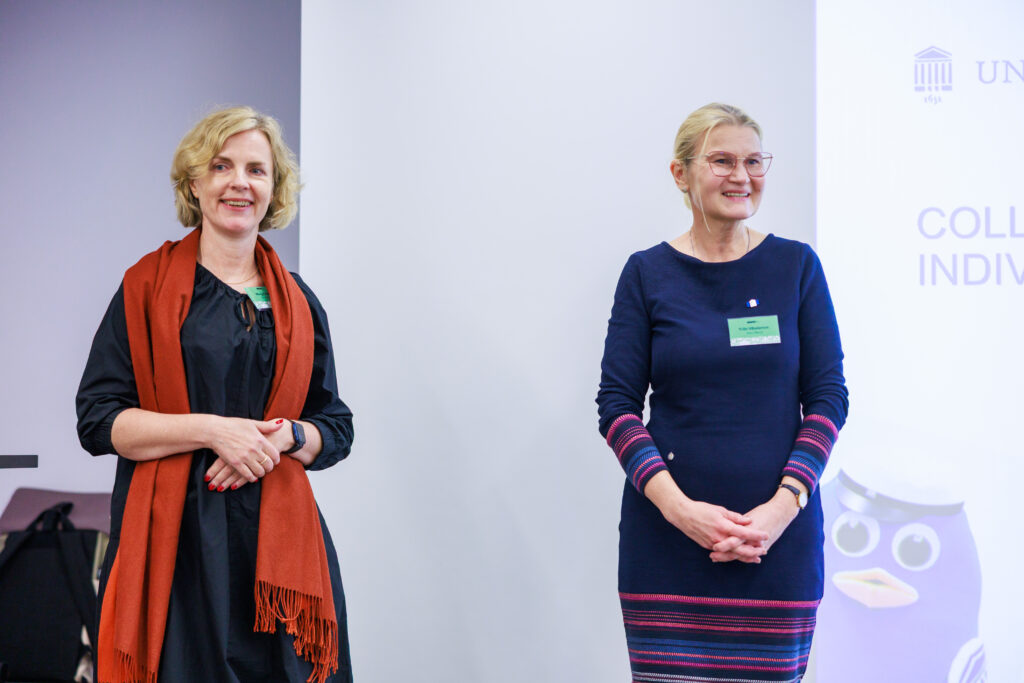

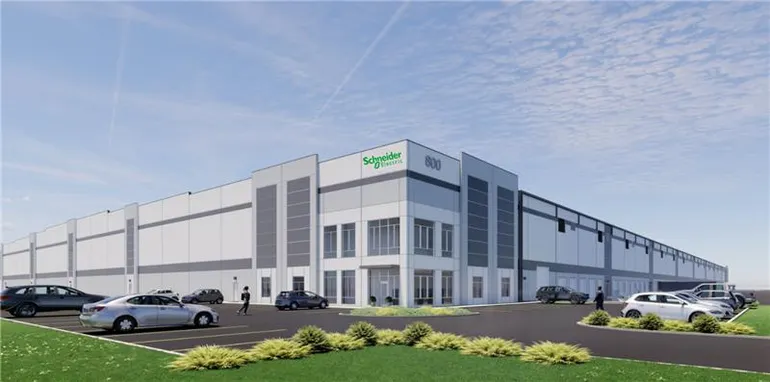
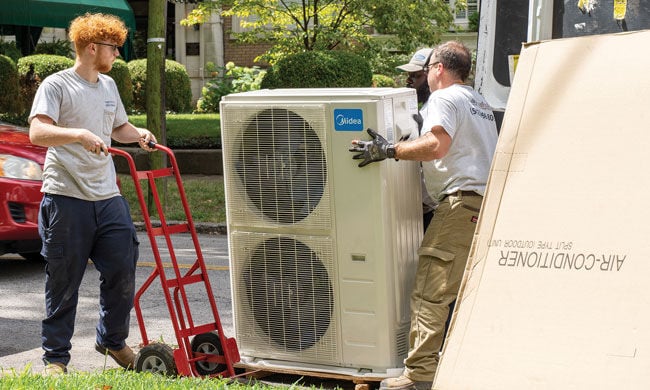



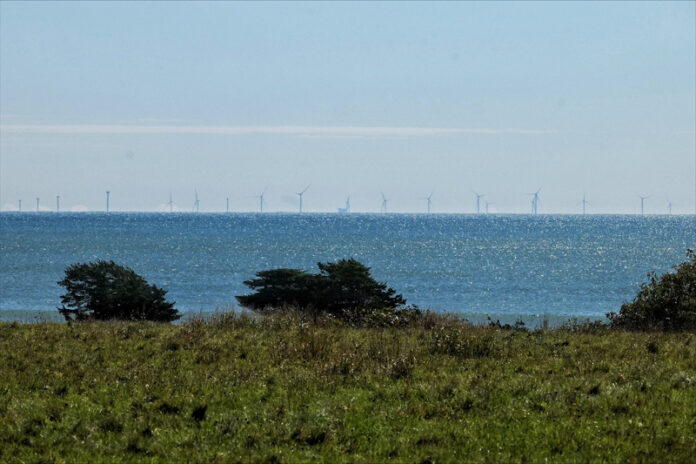

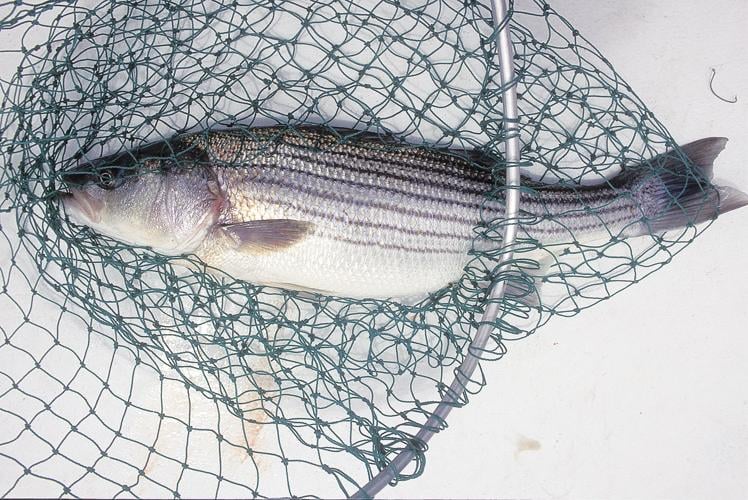

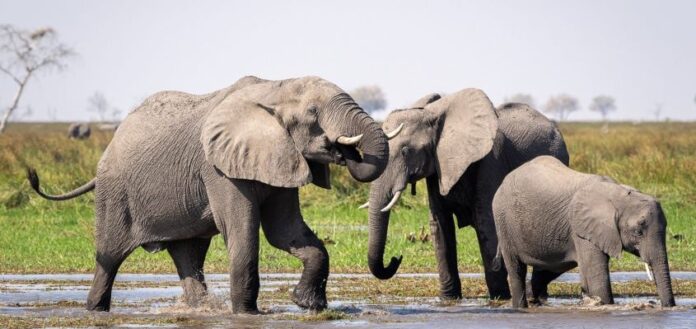


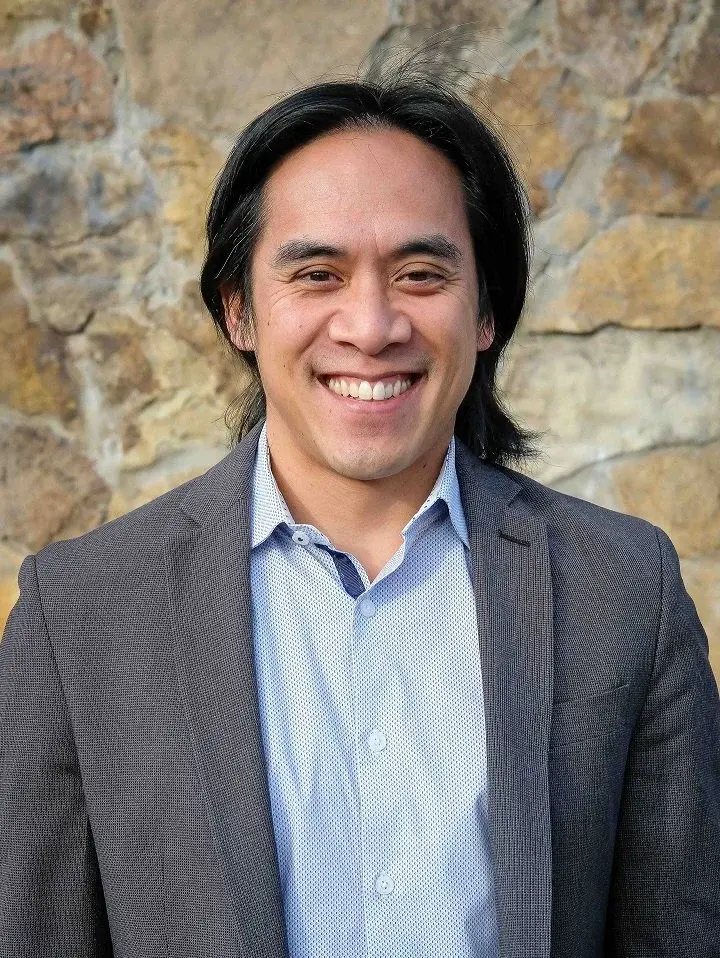






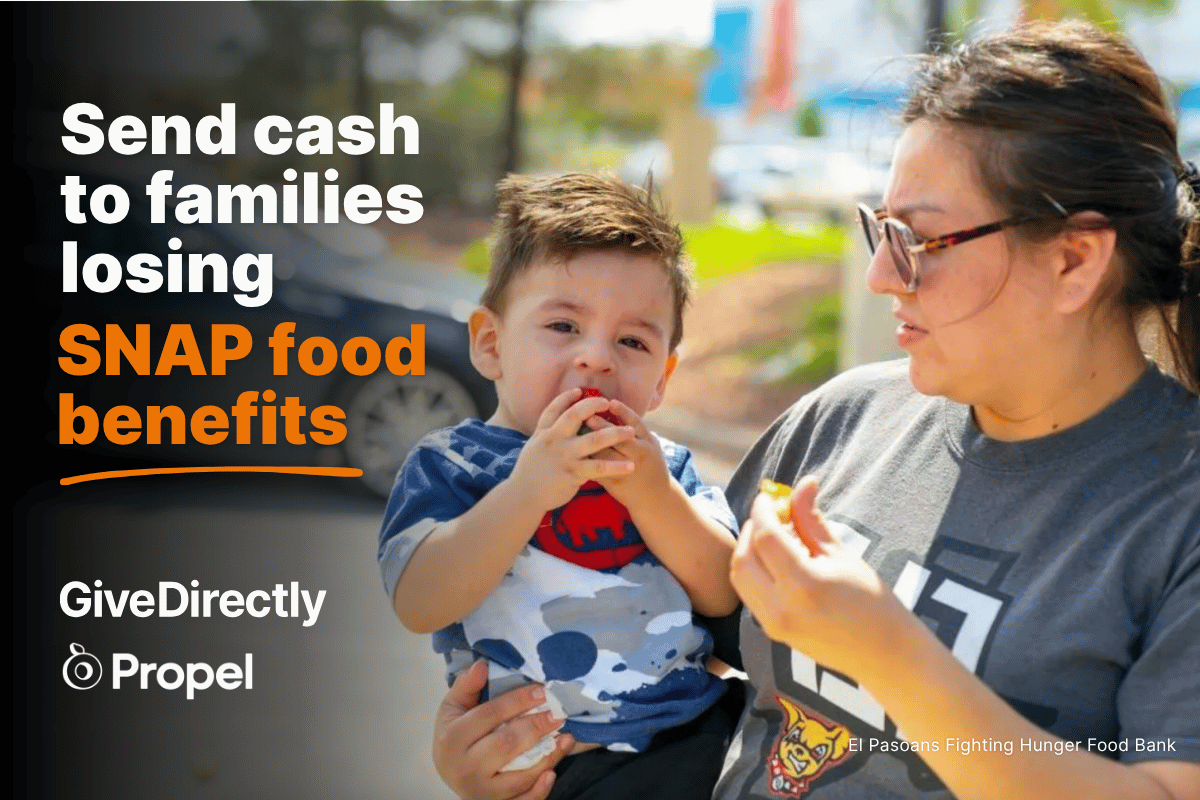



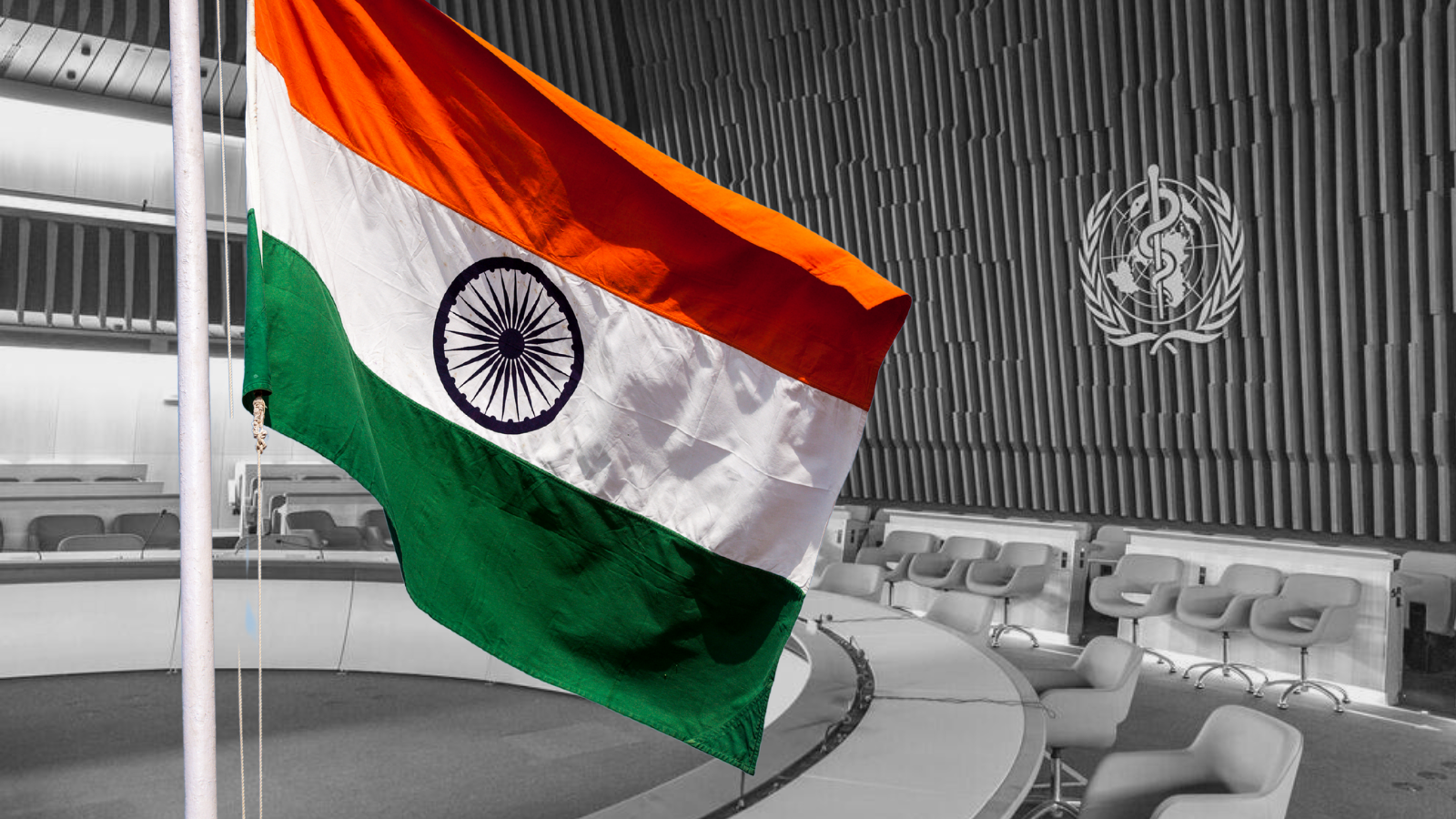

![National Conference on Child Labour in Iraq: Towards a National Strategy to Protect Children and Promote Decent Work [EN/AR] – ReliefWeb](https://reliefweb.int/sites/default/files/styles/large/public/previews/cc/e2/cce257fa-262b-4f65-aca1-dad73b7825c3.png?#)




